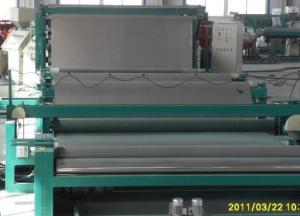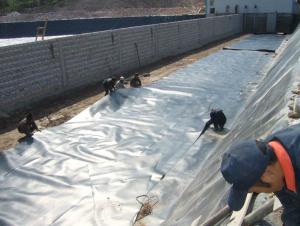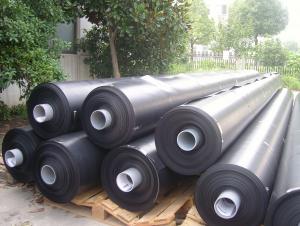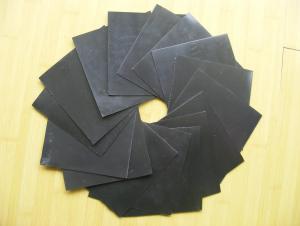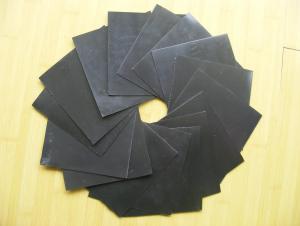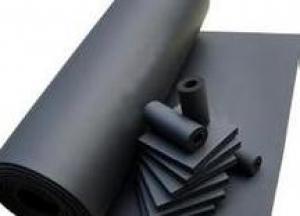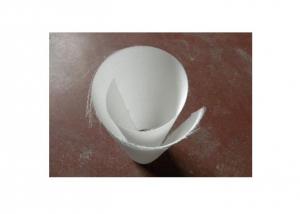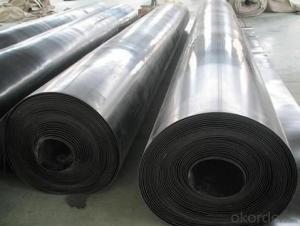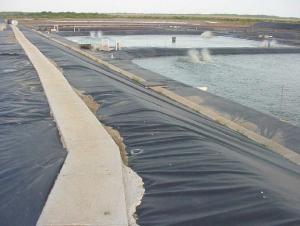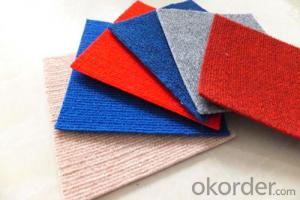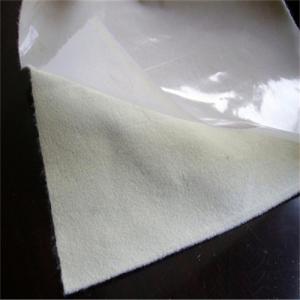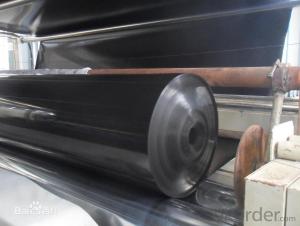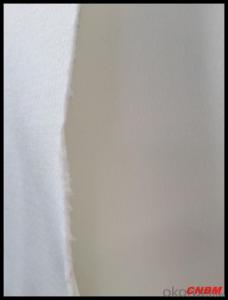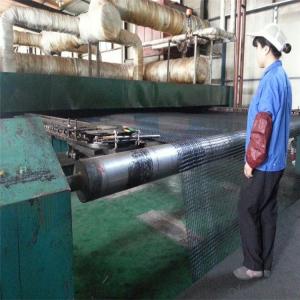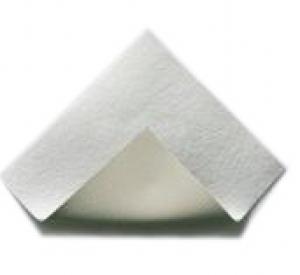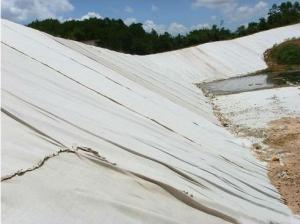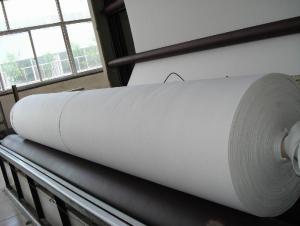Geomembrane Materials
Geomembrane Materials Related Searches
Geomembrane Material Geomembranes Geomembrane Technologies Geomembrane Systems Geomembrane Products Geomembrane Geotextile Conductive Geomembrane Geosynthetic Materials Composite Geomembrane Geomembrane Types Geomembrane Containment Geomembrane Liners Plastic Geomembrane Impermeable Geomembranes Reinforced Geomembrane Geomembrane Properties Geomembrane Technologies Inc Geocomposite Membrane Geomembrane Applications Application Of Geomembrane Prefabricated Geomembranes Geomembrane Machine Permeable Geomembrane Geomembrane Company Geomembrane Waterproofing Geomembrane Impermeable Textured Geomembrane Geomembranas Y Geosinteticos Geomembrane Tanks Welding GeomembraneGeomembrane Materials Supplier & Manufacturer from China
Geomembrane materials are a type of synthetic liner used in various construction and environmental projects, primarily for water and waste containment. These materials are engineered to provide a durable and impermeable barrier, protecting the environment and infrastructure from potential leaks and contamination. Geomembrane materials are made from high-quality polymers such as polyethylene, PVC, and EVA, ensuring their strength, flexibility, and resistance to chemical and UV degradation.The application and usage scenarios for geomembrane materials are vast, ranging from water reservoirs and ponds to landfill liners and mining operations. They are also commonly used in agricultural applications, such as reservoirs and canal linings, as well as in the construction of tunnels, canals, and other civil engineering projects. Geomembrane materials are chosen for their ability to withstand harsh environmental conditions and their effectiveness in preventing the leakage of liquids and gases, making them an essential component in many critical infrastructure projects.
Okorder.com is a leading wholesale supplier of geomembrane materials, offering a comprehensive range of products to cater to the diverse needs of various industries. With a large inventory and a commitment to quality, Okorder.com ensures that customers have access to the most reliable and efficient geomembrane materials available in the market. By partnering with reputable manufacturers and maintaining strict quality control standards, Okorder.com has established itself as a trusted source for geomembrane materials, providing customers with the assurance of receiving top-notch products at competitive prices.
Hot Products
